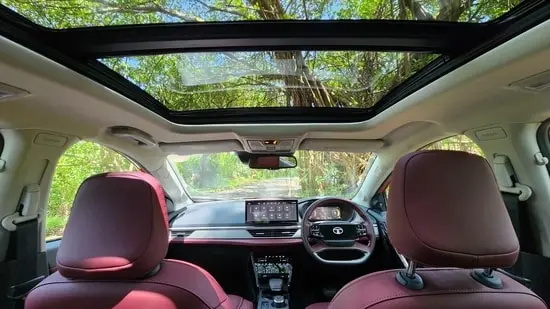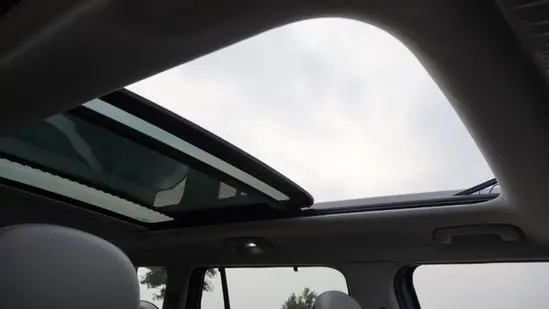
The car sunroof is one of the more visible status symbols on Indian roads. While once reserved for luxury sedans and imported SUVs, it now finds its way into compact hatchbacks and budget crossovers. Over the past few years, OEMs have been quick to notice its pull on Indian buyers, with sales data showing a sharp preference for variants with sunroofs, even when they command a considerable premium.
Much of the sunroof’s appeal on our shores rests on its premium perception rather than any genuine practicality. For the average buyer, it offers a touch of luxury in otherwise mass-market models. The feature photographs well, looks impressive in showroom brochures, and brings an illusion of airiness for those sitting under it. But the reality is that for most owners, the sunroof remains firmly shut. Our country’s heat, dust, humidity, and traffic render it far less usable than what its marketing may suggest. So, has it now become a style statement driven by trend, a simple checkbox to tick off in the brochures?
Perception or practicality?

Sunroofs are among the most in-demand features, influencing pricing and variant-mix strategies across the board. The promise of a sunroof alone can tilt buyer decisions, with some models attributing a majority of the total sales to variants offering the feature. The reason is simple: in a market where car ownership holds immense aspirational value, features that suggest luxury carry symbolic weight, regardless of real-world use. Sunroofs will always remain ‘premium’ in India, even when paired with basic fabric seats and plastic interior trims.
But it fails to live up to its potential in our tropical climate with ambient temperatures frequently exceeding 40°C and a high level of humidity throughout the year. In such conditions, opening the roof invites further discomfort rather than pleasure. Even with the glass panel closed, the cabin can heat up faster under direct sunlight, forcing the AC to work harder and increasing overall fuel consumption.
The level of pollution is yet another factor that limits the fun, especially in urban areas where even a sunroof left ajar can invite dust and traffic noise. All this constant exposure to heat and debris can also wear out the rubber seals over time, causing leaks during heavy rains.
Safety and misuse of sunroofs on Indian roads
The most concerning aspect of the sunroof’s popularity in India lies in how often it gets misused. Scenes of occupants standing with their heads sticking out of open sunroofs have become a common sight on all roads, and especially on highways. The behaviour is not only illegal but also dangerous, exposing individuals to potential accidents, sudden braking injuries, or debris impact. While automakers warn against this, the lack of enforcement allows the problem to continue as a social media trend rather than a safety concern.
Even if used responsibly, the sunroof poses another potential concern in case of rollovers or high-speed impacts. OEMs do account for structural integrity during design, but the glass area is inherently less resistant than a solid roof panel, something that safety-conscious buyers may want to consider.
